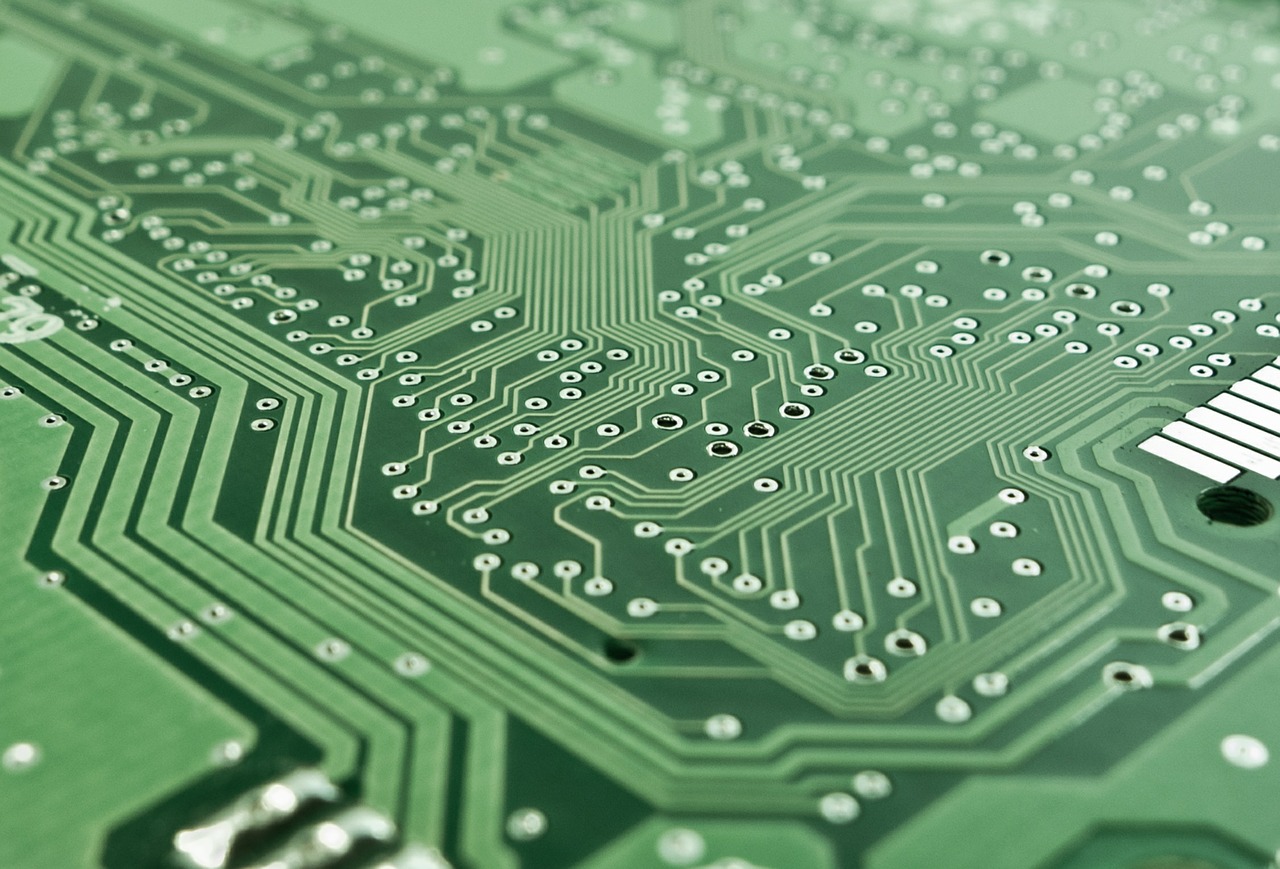Technology finds various ways to amuse us by showing us exactly what we are able to do by implementing newer technologies in our day-to-day life which eases the burden of certain tasks and activities.
There is an introduction of a new technology every month which enables us to adapt and overcome tasks which can be handled through automation.
Here, we are going to discuss a relatively newer term (but an older technology) which is recently catching the eye of every organization because it shows potential and a bright future for cloud computing.
The name says it all as it signifies the edge in a network where the data travels through the network diagram.
In edge computing, the computing power is pushed at the edge of the network.
So, when devices like smart traffic lights and cameras need to connect to a cloud or a data center for instructions or data analytics, these devices are more than capable to perform data analytics by themselves.
In edge computing, data analysis occurs very close to the internet of things (IoT) devices which result in speedy analytics and decision making.

What is Edge Computing?
Edge Computing or ‘edge of system registering’, is a procedure that empowers Web of Things (IoT) to be broke down significantly snappier by preparing where the data is made instead of transporting it to a distant data center.
This increases speedy analytics which provides real-time examination required by a large number of the present undertakings.
This also decreases the amount of communication bandwidth between sensors and the main data center by executing data analytics at the source where the data is being created.
What exactly do we mean by Edge Computing?
Edge registering works by putting away and handling basic information on a system of smaller scale datacenters before it is sent to the focal cloud or datacenter archive.
Fundamentally utilized for managing IoT information, edge gadgets gather the information, embrace basic handling locally and after that forward the information to the cloud for capacity and any further preparing.
IoT devices generate data which can be small or large in amount depending on the device’s information collection.
The data is transferred to a nearby device which has the compute power, storage and network connectivity and thus the data is processed locally.
Implementation and expectations from this technology
Many organizations have begun to implement edge computing in their IoT environment because it saves a lot of time taken by the devices to communicate with their host in order to take the necessary decisions.
Edge computing processes the data instantly where it is created which provides with instant results and decisions.
This benefits the organization in many ways like; cost savings, time to interact with a cloud, instant analysis and provides faster responses to clients.
There is a huge amount of data being generated everyday through computer-to-computer communications and IoT devices which eventually comes down to processing this data.
For example, let’s assume there are multiple devices installed in a city which creates and transmits massive measures of information.
It is a big investment which demands data analysis tools to process huge measures of information.
These tools offer real time analysis of the data being collected by various devices and provide reports and results instantly.
There are mainly 4 vital drivers pushing us towards the edge computing and these are as follows:
- Evolving customer expectations from their own business
- Optimum use of data to explore new possibilities
- Upcoming technologies in networking and software which offers opportunities in edge computing
- Application on edge platforms like IoT devices which processes and transforms data through a network for better customer experience and better delivery of data
Let’s have a look at the benefits of edge computing
There are many advantages to organizations when they adopt the edge platform. So let’s see how edge computing is proving to be beneficial for enterprises:
1. Quick responses
Due to high computational power at the edge of a device, the time taken to process data and send back to the host is very quick.
There is no trip to the cloud for analysis which makes the process faster and highly responsive.
2. Low operating cost
There are almost no costs involved due to smaller operations and very low data management expenses.
3. Security of the highest level
A lot of data transfer is avoided between the devices and the data center due to edge computing’s technology.
This technology also enables to filter sensitive information and only transfer the important data which provides an adequate amount of security.
4. A pocket-friendly solution
While adopting IoT a user needs to pay up upfront for bandwidth, storage, and computational power.
Edge computing performs data analytics at the device location which saves the final costs of an overall IT solution.
5. A true connection between legacy and modern devices
Legacy machines are able to connect to IoT solutions (relatively modern) which offer benefits from legacy devices and modern machines.
Edge computing components truly act as a link between legacy and modern machines.
Conclusion
CIOs that are very future oriented should definitely go for edge computing which offers so much in the current technology scenario.
Data is being generated in abundance and there also tools to process this data but the only thing which is a concern is the time taken to analyze this data and transfer it through point A to point B.
Quick insights are provided whenever data is generated through IoT devices and are ready to implement for faster business decisions.

The Ideas Plus Business Editorial Team is led by Adeyemi Adetilewa, a Digital Marketing Consultant. If you’re interested in writing for Ideas Plus Business, read this article first.

